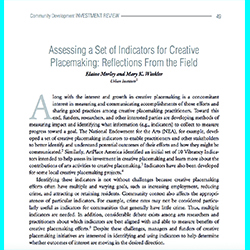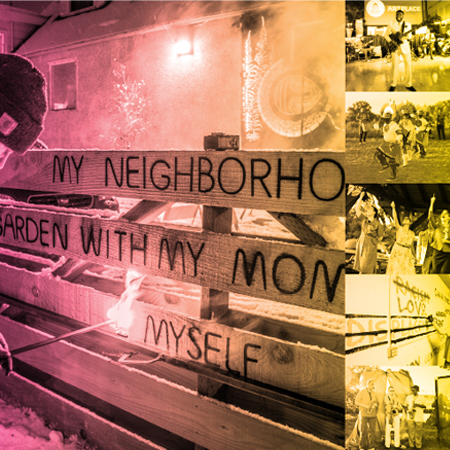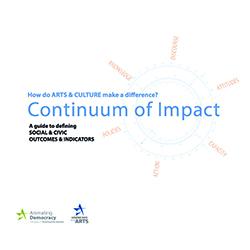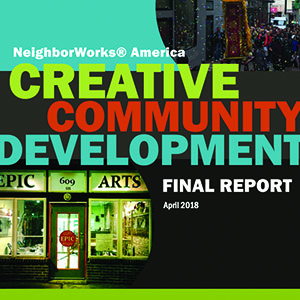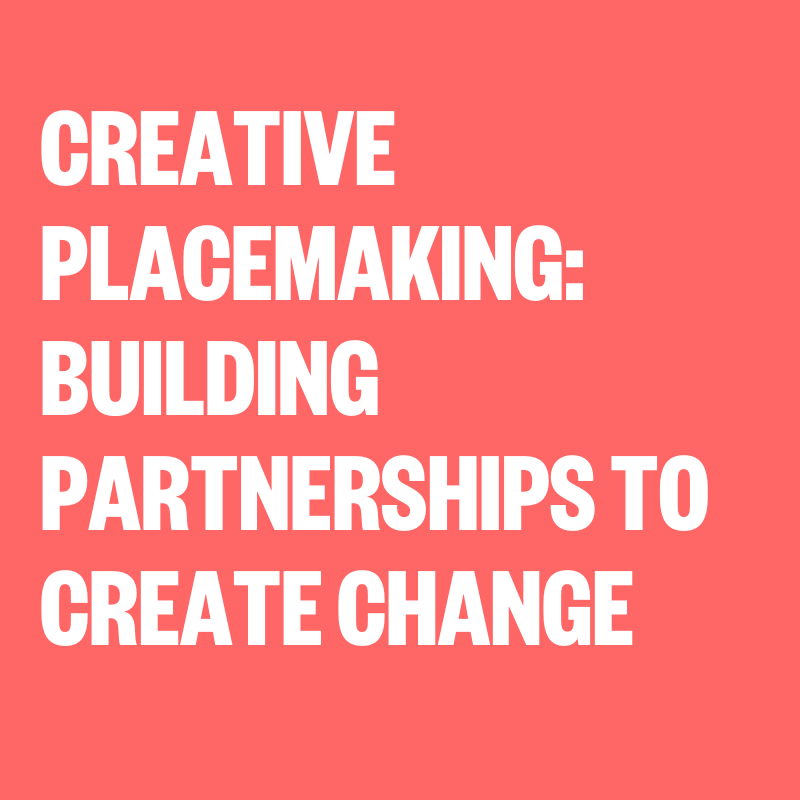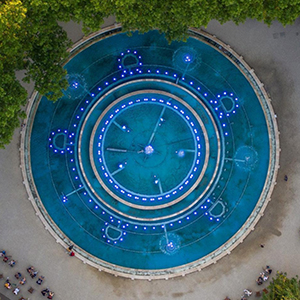ASSESSING A SET OF INDICATORS FOR CREATIVE PLACEMAKING
Along with the interest and growth in creative placemaking is a concomitant interest in measuring and communicating accomplishments of those efforts and sharing good practices among creative placemaking practitioners. Toward this end, funders, researchers, and other interested parties are developing methods of measuring impact and identifying what information (e.g., indicators) to collect to measure progress toward a goal.
290
CDI RESEARCH AND DOCUMENTATION: AN ACCOUNT OF THE APPROACH FRAMEWORK, AND METHODS
The effort to document and research ArtPlace’s Community Development Investments initiative grew up alongside the program itself, and the analytical approach reflects a balance between conveying the unique features of six distinct experiences and producing lessons of broader relevance to various fields of practice. This essay describes the ways in which the PolicyLink team, in close consultation with ArtPlace America, the grantees of the program, and a number of advisors, created and carried out an approach that was suited to the unique features and dimensions of the initiative.
CONTINUUM OF IMPACT
Animating Democracy’s Continuum of Impact guide defines six families of social and civic outcomes that arts practitioners and their partners commonly aspire to and achieve through creative work. These outcome families articulate ways the arts contribute to making change happen. It is particularly useful for helping defining early on in a partnership what artists are going to be doing and what the partner needs.
CREATIVE COMMUNITY DEVELOPMENT REPORT & CASE STUDIES
Over the course of a year, NeighborWorks sought to capture what art, culture and creativity can contribute to creating equitable and engaged communities that offer opportunity to all. Their Creative Community Development report describes the exploration process and findings. The most critical needs that identified in the research included: Insufficient understanding of the value of creativity, cultural expression and artistic practice to community development. Difficulty demonstrating and articulating the impact of creative community development. Struggle to identify arts partners and develop shared expectations and frameworks. The need to avoid gentrification-led displacement and promote inclusion. Failure to secure adequate financial resources.
CREATIVE PLACEMAKING: BUILDING PARTNERSHIPS TO CREATE CHANGE
Arts, artists, and creative strategies can be critical vehicles for planning to achieve social, economic, and community goals. Creative placemaking is one type of arts-led planning that incorporates both stakeholder participation and community goals. Yet, questions exist around who participates in the creative placemaking process and to what end. This study discusses a case where a state-sponsored workshop brings people from diverse backgrounds together to facilitate community development and engagement through creative placemaking. In particular, the event discussed in this study highlights how a one-shot intervention can reshape perceptions of creative placemaking held by planners, non-planners, artists, and non-artists.
CREATIVE PLACEMAKING: SPARKING DEVELOPMENT WITH ARTS AND CULTURE
This publication presents the business case and process for successful creative placemaking as a potent strategy for building healthy, equitable, attractive, and thriving communities. It offers insights about how creative placemaking—leveraging arts and culture—can spark a creative culture in real estate projects, revitalize communities, and boost financial and other return on investment (ROI) measures for developers. It also provides best practices—information gleaned from research gathered from ULI leaders and others—about how to plan, finance, implement, and manage projects. And it offers examples and case studies illustrating successful creative placemaking across diverse project types and in U.S. cities of various sizes, economic conditions, and geographic locations.






